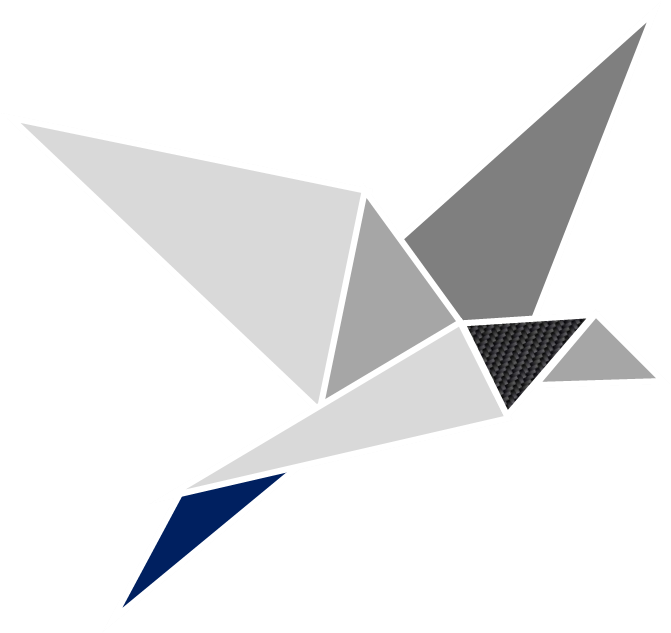Technical Foundations
Behind every Unmanned Aircraft System (UAS) lies a combination of control theory, navigation technology, and digital communication. Understanding these technical foundations is essential to grasp how UAS achieve stability, autonomy, and safety in flight.
Flight Control and Stability
Modern UAS rely on sophisticated autopilot algorithms to stabilize the aircraft and execute pilot commands. Sensors such as gyroscopes, accelerometers, and magnetometers feed data into control loops that maintain attitude, altitude, and position — hundreds of times per second. This continuous correction enables precise flight even in wind or turbulence.
Navigation and Positioning
Position awareness is achieved through GNSS (GPS, Galileo, GLONASS) combined with inertial sensors in a sensor fusion process. When GNSS is degraded, the system estimates movement through dead reckoning, barometric data, or visual odometry, depending on the platform and purpose.
Communication and Data Links
Reliable Command & Control (C2) links connect the ground control station with the aircraft. Redundant radio systems and frequency hopping minimize interference and signal loss. Telemetry channels transmit flight data, while high-bandwidth links enable real-time video or payload control.
Safety and Fail-Safes
To ensure operational safety, UAS include multiple layers of fail-safes: loss-of-link procedures, return-to-home functions, and geofencing barriers. Detect-and-Avoid (DAA) concepts and remote identification contribute to safe integration into the airspace system.
In summary: These technical foundations transform a collection of components into a responsive, intelligent, and airworthy system capable of autonomous flight.
